March 6, 2025
The History of Saint Patricks Day: Irish Heritage & Festive Traditions in 2025
Saint Patricks Day, celebrated annually on March 17, is a vibrant tribute to Irish heritage and culture. Originating as a religious feast honoring Saint Patrick, the patron saint of Ireland, the holiday has grown into a global celebration featuring parades, music, dance, and the iconic color green.
While many associate the day with shamrocks and leprechauns, there’s a deeper history behind the traditions. One lesser-discussed but historically rich aspect of Saint Patricks Day is the role of tartan in Irish and Scottish culture. In this article, we’ll explore the origins, traditions, foods, festive activities, and the fascinating connection between Saint Patricks Day and tartan.
The Origins of Saint Patricks Day
Saint Patricks Day honors Saint Patrick, a 5th-century missionary credited with bringing Christianity to Ireland. Born in Roman Britain, he was kidnapped at the age of 16 and taken to Ireland as a slave. After escaping, he later returned to spread Christianity, using the shamrock to explain the Holy Trinity. The holiday was first observed in 1631 as a Catholic feast and has since evolved into a worldwide celebration of Irish culture.
Saint Patricks Day Traditions
Parades
The Saint Patricks Day parade is one of the most recognizable traditions associated with the holiday. The first recorded parade took place in New York City in 1762, organized by Irish soldiers serving in the British army. Since then, the tradition has spread worldwide, with some of the biggest parades held in cities like Dublin, Chicago, Boston, and Sydney. These parades feature marching bands, Irish dancers, elaborate floats, and people dressed in vibrant green attire, creating a lively and festive atmosphere. The Dublin St. Patrick’s Festival is particularly famous, lasting several days and attracting thousands of visitors.
Religious Services
Saint Patrick’s Day originated as a religious feast day, and many still honor its spiritual roots by attending church services. In Ireland and other Catholic-majority countries, special Masses are held to commemorate Saint Patrick’s role in bringing Christianity to Ireland. Many churches also feature choirs, prayers, and traditional hymns sung in Irish Gaelic. Even outside of Ireland, Irish communities gather in churches to reflect on Saint Patrick’s teachings and legacy.
Wearing Green
The tradition of wearing green on Saint Patrick’s Day dates back centuries and is deeply rooted in Irish folklore and history. One popular myth states that leprechauns, mischievous fairy-like creatures from Irish legend, pinch anyone who isn’t wearing green because green makes people invisible to them.
Additionally, green is strongly associated with Ireland, known as the “Emerald Isle” due to its lush landscapes. The color is also featured in the Irish flag, symbolizing the Catholic community in Ireland. Today, people wear green clothing, hats, scarves, and accessories, and even some businesses light up buildings with green lights in honor of the occasion.
Shamrocks and Symbols
The shamrock is one of the most recognizable symbols of Saint Patrick’s Day. According to legend, Saint Patrick used the three-leafed plant to explain the concept of the Holy Trinity (Father, Son, and Holy Spirit) to the Irish people during his missionary work. Over time, the shamrock became a symbol of Irish pride, faith, and heritage.
Other common symbols associated with Saint Patrick’s Day include:
1-The Harp – The official emblem of Ireland, found on Irish currency and government documents.
2-Celtic Knots – Intricate designs representing eternity and interconnectedness, often seen in Irish art and jewelry.
3-Leprechauns – Mythical Irish creatures known for hoarding pots of gold at the end of the rainbow.
These symbols appear on decorations, clothing, jewelry, and even food packaging during Saint Patrick’s Day celebrations.
Drinking and Pub Culture
Saint Patrick’s Day is also known for its lively social gatherings in pubs and bars, where people come together to toast with Irish drinks. Traditional beverages include:
1–Guinness – Ireland’s famous dark stout, widely consumed during the holiday.
2-Irish Whiskey – Brands like Jameson and Bushmills are commonly enjoyed in toasts to Saint Patrick.
3–Irish Coffee – A warm cocktail made with coffee, whiskey, sugar, and cream.
4-Green Beer – A modern American tradition where regular beer is dyed green to match the holiday’s theme.
In Ireland, pubs were once closed on Saint Patrick’s Day due to its religious significance, but since the 1970s, pub culture has become a major part of the festivities. Many pubs host live Irish music, traditional dancing, and themed events, making it a night of celebration and camaraderie.
Foods Associated with Saint Patricks Day
Irish cuisine plays a central role in Saint Patricks Day celebrations, with both traditional and modern dishes enjoyed worldwide. Some of the most popular foods include:
Corned Beef and Cabbage
A staple of Irish-American celebrations, though not traditionally Irish. It became popular among Irish immigrants in the U.S. as an affordable alternative to the traditional bacon used in Ireland.
Irish Stew
A hearty dish made with lamb, potatoes, carrots, and onions, slow-cooked to develop deep, rich flavors.
Boxty
A traditional Irish potato pancake, made using both grated and mashed potatoes, often served with butter or sour cream.
Soda Bread
A dense and slightly tangy bread, prepared with baking soda instead of yeast, sometimes enriched with raisins or caraway seeds for added flavor.
In addition to these traditional meals, modern celebrations often include green-colored foods, such as green beer, cupcakes, cookies, and even green mashed potatoes, adding a playful and festive touch to the holiday.
Festive Activities and Events
Saint Patricks Day is filled with joyful activities that bring communities together in celebration of Irish culture and heritage. Across the world, people participate in a wide variety of events, both traditional and modern.
Traditional Irish Music
Live performances of Irish folk music create a lively atmosphere during the celebrations. Instruments such as the fiddle, tin whistle, bodhrán (Irish drum), and uilleann pipes are commonly played. Many pubs, festivals, and street performances feature traditional Irish ballads and upbeat jigs, encouraging audiences to clap and dance along.
Irish Dance
One of the most captivating aspects of Saint Patricks Day celebrations is Irish step dancing, which has gained global recognition thanks to Riverdance and other performances. Dancers wear intricate costumes and perform fast, rhythmic footwork while keeping their upper bodies still. Many dance schools, cultural centers, and festival stages showcase Irish dancing competitions and performances during the holiday.
Sports Events
Sports play a significant role in Saint Patricks Day festivities, particularly in Ireland and Irish communities abroad. Popular sports include rugby and Gaelic football, both of which draw large crowds. The All-Ireland Club Finals, held annually on Saint Patrick’s Day at Croke Park in Dublin, is one of the biggest events in Gaelic sports. Additionally, many communities organize friendly soccer, hurling, or boxing matches to mark the occasion.
Pub Crawls
A beloved tradition, pub crawls are a major part of Saint Patricks Day celebrations, particularly in cities with large Irish communities. Groups of friends and revelers visit multiple pubs, enjoying live Irish music, themed decorations, and a variety of drinks, including Guinness, Irish whiskey, and festive green beer. Some cities organize official pub crawl events, offering participants special discounts, party favors, and live entertainment throughout the night.
These festive activities bring people together, fostering a sense of community, culture, and fun while celebrating Ireland’s rich heritage.
The Role of Tartan in Irish and Scottish Heritage
While tartan is often associated with Scottish culture, it also holds deep roots in Irish tradition. Historically, tartan was worn by Irish clans as a symbol of identity, lineage, and heritage. Unlike the multi-colored plaids of Scottish tartans, Irish tartans are typically designed in single-color plaids with distinct patterns to represent different regions or families. The use of tartan in Ireland dates back centuries, with historical records indicating that woven woolen plaids were worn by Irish warriors and nobility.
During the 19th and 20th centuries, the popularity of tartan grew among the Irish diaspora, particularly in the United States, as a way to express Irish pride and cultural connection. Today, tartan remains an important part of both Irish and Scottish heritage, often worn during national celebrations, weddings, and formal events.
Types of Tartan Associated with Saint Patricks Day
Several tartans are closely linked to Irish identity and Saint Patrick’s Day celebrations. These tartans often incorporate the colors of Ireland and symbolize heritage, faith, and national pride:
St. Patrick’s Tartan
This pattern features a mix of green, blue, and white, representing Ireland’s natural landscapes, Saint Patrick’s influence, and Irish pride. It is commonly worn during Saint Patrick’s Day parades and celebrations.
Irish National Tartan
Designed to reflect the colors of the Irish flag, this tartan blends green, white, and orange, symbolizing the Catholic and Protestant communities, as well as peace between them. It is widely recognized as Ireland’s national tartan.
County Tartans
Each Irish county has its own unique tartan design, representing the regional identity and history of the area. These tartans are often worn by people with ancestral ties to specific counties in ceremonial events and cultural gatherings.
Tartan has become an increasingly popular fashion and heritage statement, seen in kilts, scarves, ties, and home décor items worn proudly by those with Irish and Scottish ancestry.
Where to Buy Authentic Tartan
Finding high-quality, authentic tartan is essential for those who want to celebrate their heritage with traditional designs. Here are some of the best places to purchase genuine Irish and Scottish tartans:
Tartan Trov
A dedicated source for Irish and Scottish tartans, offering a wide range of authentic and custom-made tartan products.
Local Irish and Scottish Shops
Many heritage and specialty stores sell handwoven tartan fabrics, kilts, scarves, and accessories, perfect for cultural celebrations.
Online Retailers
Websites such as ScotlandShop and The Celtic Croft provide a vast selection of Irish and Scottish tartans, including county tartans, national tartans, and custom weaves for special occasions.
Whether you’re looking to wear a tartan kilt, a stylish scarf, or decorate your home with a piece of Irish heritage, these sources offer authentic and high-quality tartans to celebrate Saint Patrick’s Day and Irish culture.
FAQs About Saint Patricks Day and Tartan
Conclusion
Saint Patrick’s Day is a joyful tribute to Irish culture, with its rich history, traditions, foods, and celebrations. Tartan remains an important symbol of Irish heritage, offering a meaningful way to honor ancestry. Whether you’re attending a parade, enjoying traditional foods, or wearing tartan, this holiday brings people together worldwide.




